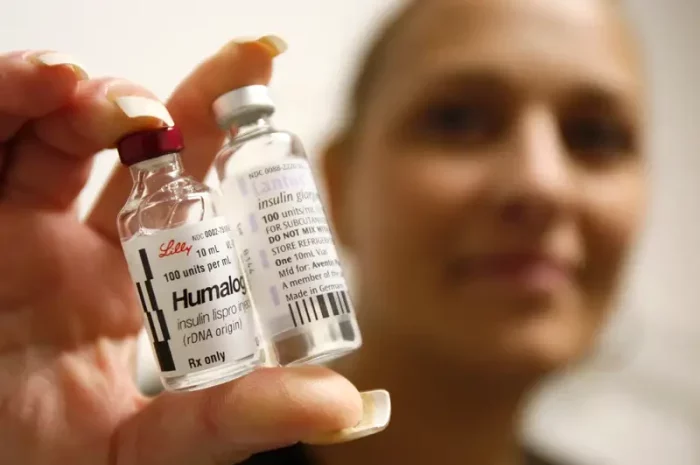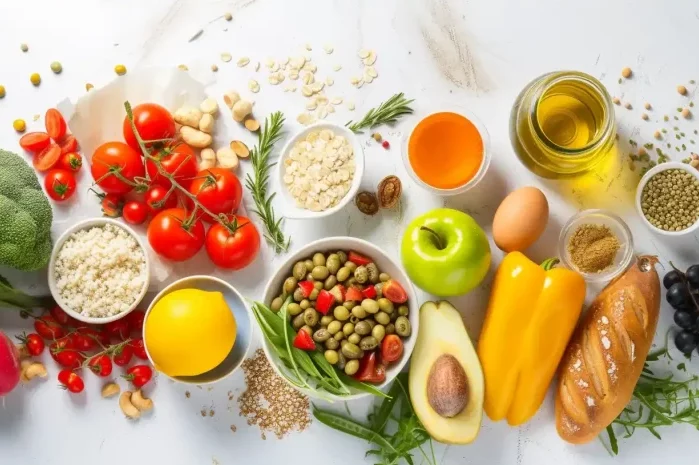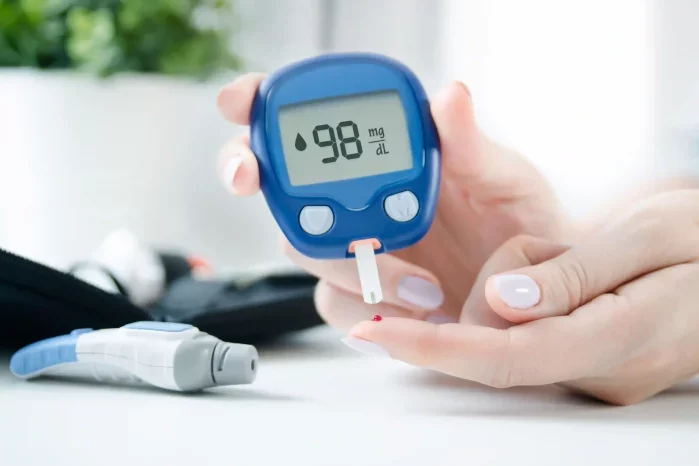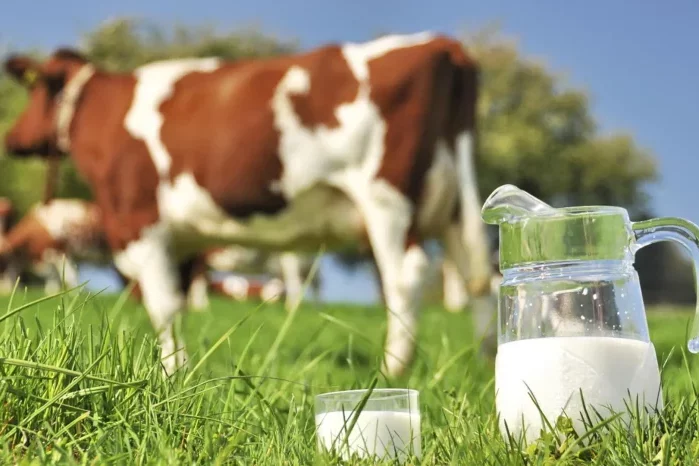Diabetes, a chronic condition characterized by elevated blood sugar levels, affects millions of people worldwide. It arises when the body either cannot produce enough insulin or cannot effectively use the insulin it produces. Insulin is a hormone that regulates blood sugar, and its dysfunction leads to various health complications.
Type 2 diabetes, the most common form, is often linked to lifestyle factors, including diet and exercise habits. While genetics also play a role, adopting a healthy lifestyle can significantly reduce the risk of developing type 2 diabetes and help manage the condition for those already diagnosed.
Weight Management and Diabetes Prevention
Maintaining a healthy weight is paramount in preventing type 2 diabetes. Excess weight, especially around the abdomen, increases the body’s resistance to insulin, making it harder for cells to absorb glucose from the bloodstream.
Research shows that even modest weight loss can have a profound impact on reducing diabetes risk. For every kilogram of weight lost, the risk of developing diabetes decreases by about 16%. Therefore, achieving and maintaining a healthy weight through a balanced diet and regular exercise is key.
Balanced Diet for Diabetes Prevention
A balanced diet comprises a variety of nutrient-rich foods that provide essential vitamins, minerals, and macronutrients while controlling calorie intake. For diabetes prevention, it’s crucial to focus on whole foods and avoid processed or sugary items.
A balanced diet should include:
Fruits and Vegetables: These are rich in vitamins, minerals, and fiber, which help regulate blood sugar levels and improve insulin sensitivity. Aim for a colorful variety to ensure a wide range of nutrients.
Whole Grains: Opt for whole grains like brown rice, quinoa, and whole wheat bread over refined grains. Whole grains are high in fiber, which slows down digestion and prevents spikes in blood sugar.
Lean Proteins: Include sources of lean protein such as poultry, fish, tofu, and legumes in your diet. Protein helps build and repair tissues and keeps you feeling full longer, reducing the risk of overeating.
Healthy Fats: Incorporate sources of healthy fats like avocados, nuts, seeds, and olive oil into your meals. These fats support heart health and can improve insulin sensitivity.
Dairy or Dairy Alternatives: Choose low-fat or fat-free dairy products or fortified dairy alternatives to provide calcium and vitamin D without excess saturated fat.
Carbohydrate Control and Diabetes Prevention
Carbohydrates have the most significant impact on blood sugar levels, so managing carbohydrate intake is essential for diabetes prevention. Focus on consuming complex carbohydrates, which are digested more slowly and have a less pronounced effect on blood sugar than refined carbohydrates.
Choose whole, unprocessed foods like fruits, vegetables, legumes, and whole grains, which are high in fiber and nutrients. Fiber helps regulate blood sugar levels and promotes feelings of fullness, reducing the risk of overeating.
Limit refined sugars and grains, including sugary beverages, sweets, white bread, and pastries, as these can cause rapid spikes in blood sugar levels. Instead, satisfy your sweet tooth with naturally sweet fruits or small portions of dark chocolate.
Healthy Fats for Diabetes Prevention
Contrary to popular belief, not all fats are harmful. Healthy fats, such as those found in nuts, seeds, avocados, and olive oil, play a crucial role in a balanced diet and can even help prevent diabetes.
These fats support heart health by reducing inflammation and improving cholesterol levels. They also aid in the absorption of fat-soluble vitamins like A, D, E, and K. However, it’s essential to consume them in moderation, as they are calorie-dense.
Limit intake of trans fats and saturated fats, which can increase the risk of heart disease and insulin resistance. These fats are often found in processed and fried foods, as well as fatty cuts of meat and full-fat dairy products.
Regular Exercise for Diabetes Prevention
In addition to diet, regular physical activity is a cornerstone of diabetes prevention. Exercise helps control weight, improve insulin sensitivity, and lower blood sugar levels. It also reduces the risk of cardiovascular disease, a common complication of diabetes.
Aim for at least 150 minutes of moderate-intensity aerobic activity, such as brisk walking, cycling, or swimming, per week, along with muscle-strengthening activities on two or more days. Incorporate physical activity into your daily routine whenever possible, such as taking the stairs instead of the elevator or walking instead of driving for short trips.
Practical Tips for Diabetes Prevention
Making small changes to your diet and lifestyle can have a significant impact on diabetes prevention. Here are some practical tips to help you get started:
Choose Water Over Sugary Drinks: Sugary beverages like soda, fruit juice, and energy drinks are high in calories and can contribute to weight gain and insulin resistance. Opt for water, sparkling water, or unsweetened tea or coffee instead.
Incorporate Non-Starchy Vegetables: Non-starchy vegetables like leafy greens, broccoli, peppers, and cauliflower are low in calories and carbohydrates but high in fiber and nutrients. Fill half your plate with non-starchy vegetables at each meal to add volume and nutrition without excess calories.
Select Whole Grains: Replace refined grains with whole grains like brown rice, quinoa, oats, and barley. These grains are higher in fiber and nutrients and have a lower glycemic index, meaning they cause slower and steadier increases in blood sugar levels.
Limit Portion Sizes: Pay attention to portion sizes to avoid overeating, especially of high-calorie or high-carbohydrate foods. Use smaller plates and bowls, and be mindful of serving sizes listed on food labels.
Snack Smart: Choose healthy snacks like fresh fruit, raw vegetables, nuts, or yogurt instead of processed snacks like chips, cookies, or candy. Snacking on nutrient-rich foods can help keep you satisfied between meals and prevent overeating.
Recipes and Meal Ideas for Diabetes Prevention
Here are some examples of healthy recipes and meal ideas that align with the dietary recommendations for diabetes prevention:
Grilled Chicken with Quinoa and Roasted Vegetables: Marinate chicken breasts in lemon juice, olive oil, and herbs, then grill until cooked through. Serve with cooked quinoa and a variety of roasted vegetables such as bell peppers, zucchini, and onions.
Salmon Salad with Mixed Greens: Top a bed of mixed greens with grilled or baked salmon fillets, cherry tomatoes, cucumber slices, avocado, and a sprinkle of nuts or seeds. Drizzle with olive oil and balsamic vinegar for dressing.
Vegetable Stir-Fry with Tofu: Stir-fry tofu, broccoli, bell peppers, snap peas, carrots, and mushrooms in a skillet with garlic, ginger, and low-sodium soy sauce. Serve over brown rice or quinoa for a satisfying meal.
Greek Yogurt Parfait: Layer Greek yogurt with fresh berries, sliced banana, and a sprinkle of granola or nuts for a nutritious and filling breakfast or snack.
Turkey and Veggie Wrap: Fill a whole-grain tortilla with sliced turkey breast, hummus, spinach, shredded carrots, cucumber, and avocado for a quick and portable meal.
Monitoring Progress and Seeking Support
Finally, it’s essential to monitor your progress regularly and seek support from healthcare professionals as needed. Track your food intake, physical activity, and blood sugar levels to identify patterns and make adjustments to your diet and lifestyle.
Consult with a registered dietitian or diabetes educator for personalized nutrition advice and meal planning guidance. They can help you create a diet plan that meets your individual needs and preferences while supporting your goals for diabetes prevention.
Conclusion
In conclusion, managing and preventing diabetes through diet requires a holistic approach that includes weight management, a balanced diet, carbohydrate control, healthy fats, regular exercise, practical tips, and support from healthcare professionals. By making healthy choices and lifestyle changes, you can reduce your risk of developing type 2 diabetes and improve your overall health and well-being.

























